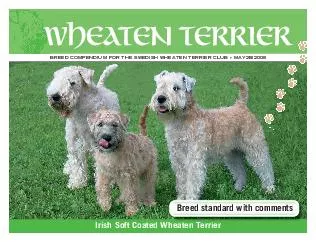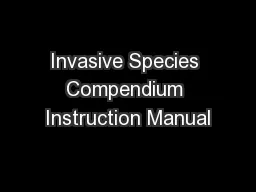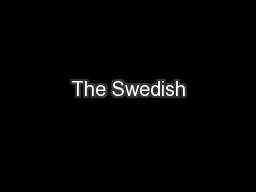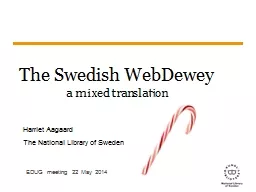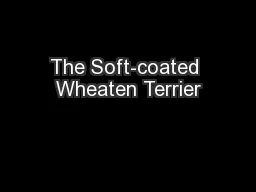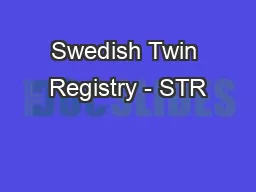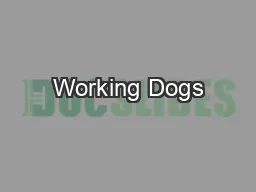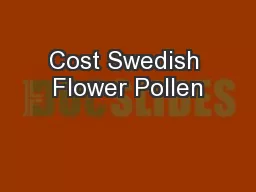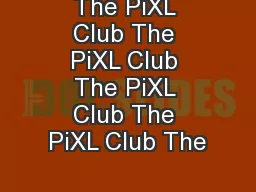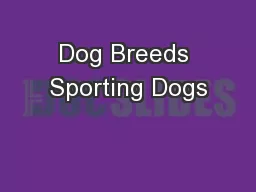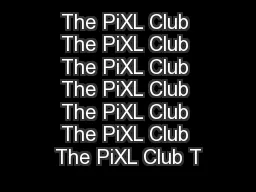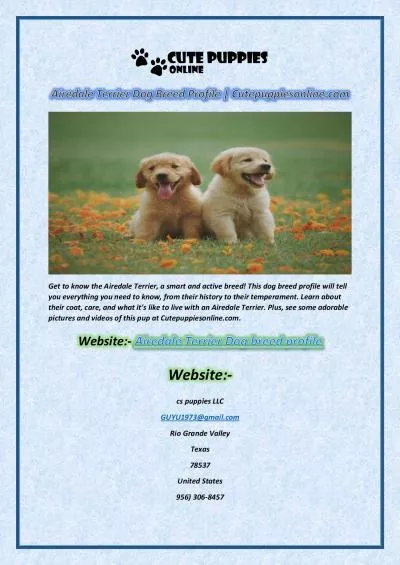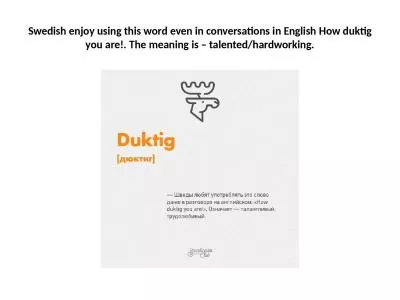PDF-BREED COMPENDIUM FOR THE SWEDISH WHEATEN TERRIER CLUB
Author : ellena-manuel | Published Date : 2015-12-06
149 MAY2B2008 Irish Soft Coated Wheaten Terrier Wheaten TERRIER Irish Soft Coated Wheaten Terrier Breed standard with comments copyright SWTK 1 BREED COMPENDIUM IRISH
Presentation Embed Code
Download Presentation
Download Presentation The PPT/PDF document "BREED COMPENDIUM FOR THE SWEDISH WHEATEN..." is the property of its rightful owner. Permission is granted to download and print the materials on this website for personal, non-commercial use only, and to display it on your personal computer provided you do not modify the materials and that you retain all copyright notices contained in the materials. By downloading content from our website, you accept the terms of this agreement.
BREED COMPENDIUM FOR THE SWEDISH WHEATEN TERRIER CLUB: Transcript
Download Rules Of Document
"BREED COMPENDIUM FOR THE SWEDISH WHEATEN TERRIER CLUB"The content belongs to its owner. You may download and print it for personal use, without modification, and keep all copyright notices. By downloading, you agree to these terms.
Related Documents

